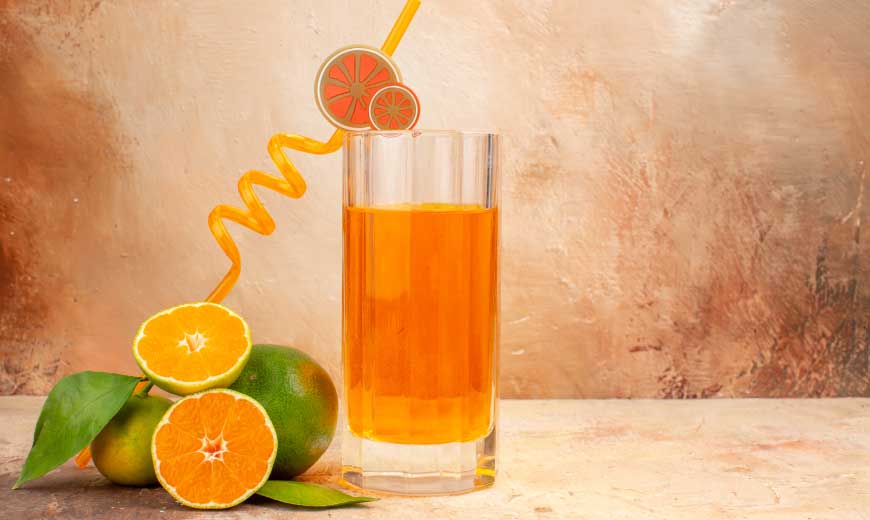The food coloring industry is constantly evolving and improving its formulas to provide top quality products to consumers. They are found in most of the foods and beverages of a balanced diet. In this post we clarify common misconceptions about them.
The manufacturing processes of food and beverages can transform the original appearance of some products. In culinary tradition, the use of coloring has always been a key factor, because it restores the original color of food.
The importance of the substance -in essence and appearance- makes humans choose between different foods. Color provides information, it makes it more appetizing.

We eat with our eyes
This is a very old saying that expresses the notion of how the brain receives information through the sense of sight and, along with the sense of smell, decides whether the food is not only appetizing, but also healthy and nourishing.
That is why it is so important for the foods we eat to be and seem appealing.
The use of food coloring is necessary as long as it doesn’t compromise the quality or sanitation of foods, according to international sanitation standards. The most well-known are the ISO standards.
Culinary variety speaks to us of cultural diversity and different places in the world. Colors are incorporated into preparations everywhere, in order to convey information through food and beverages.
For instance, the famous Italian Spritz, would not be the same cocktail if it did not have its red pigment. From this simple appetizer, to pastries, cakes, candies, soups and cream preparations, the different foods all over the world use food coloring.
Chromatic variety has an impact on human psychology, guiding the decision-making process. The reaction that color produces in the human brain is a key factor when it comes to food. Choose quality products where food coloring is controlled under food safety standards. To eat in colors is natural nutrition.
Published in Technology and Science, Color Vanguards









